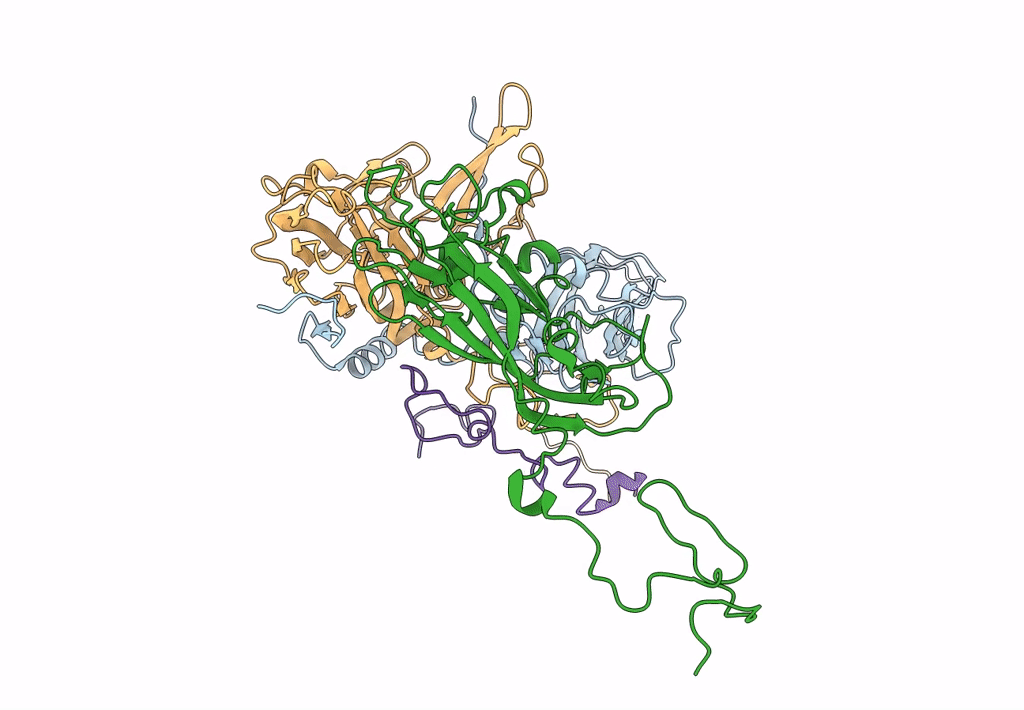
Deposition Date
2016-09-16
Release Date
2016-11-30
Last Version Date
2024-05-15
Entry Detail
PDB ID:
5LWG
Keywords:
Title:
Israeli acute paralysis virus heated to 63 degree - full particle
Biological Source:
Source Organism:
Israeli acute paralysis virus (Taxon ID: 294365)
Method Details:
Experimental Method:
Resolution:
3.20 Å
Aggregation State:
PARTICLE
Reconstruction Method:
SINGLE PARTICLE


